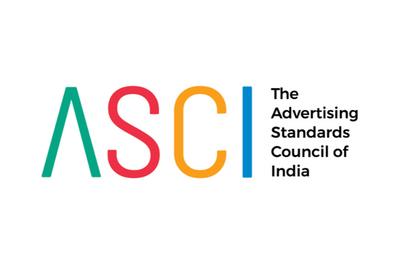At the Advertising Standards Council of India’s #GetItRight summit, held on 27 February in Mumbai, Lloyd Mathias, business strategist, Angel Investor; Lipika Kumaran, senior vice president, Futurebrands Consulting; Kunal Sawant, business head - INCA, GroupM and Manisha Kapoor, CEO and secretary general, ASCI, shared how influencers can curate authentic branded content so that they are accessible to consumers and uphold their credibility.
The panel was moderated by Parul Ohri, former chief editor, Momspresso and content consultant.
Personalisation
Setting the context for the discussion, Kumaran voiced out that influencers bring the element of personalisation to brands.
“Each influencer today has a take on the world. A celebrity wouldn’t be able to bring this kind of nuance to brands. Influencers are counsellors of consumers' consumption patterns. This democratised influence helps brands deliver a messaging that can relate with audiences on a personalised level," said Kumaran.
Talking about how brands and influencers can work together to create a win-win scenario, Mathias said, “The age of the influencers is now. It has made the internet democratic. The context of brand communication needs to change in the world of influencers. Brands need to understand that they don’t have control over the narrative and end-to-end communication in the world of influencers. The approach towards effectiveness in the creator economy era should also change. Influencer marketing is a fluid and evolving space at this moment. Hence, marketers need to constantly change their strategies and not have a one size fits all approach for campaigns.”
Mathias emphasised that trust is a key element when it comes to influencers. “Influencers owe their credibility to their audience. They also need to be honest with the brands they are working with in regards to the tone, language and niche they are in," added Mathias.
Creating sticky branded content
Addressing how content creators can create impactful branded content, Sawant shared, “Audience is the north star for influencers and brands. With this content-first approach, there has been a lot of change coming from the brand’s side where creative control is given to the influencer. This makes it an effective integration as the influencer knows the audience and will be able to deliver the brand message authentically and subtly.”
Trust within the influencer ecosystem
Kapoor advised influencers to put up a disclosure while posting any branded content to build trust.
“The audience is always looking to buy something new. Hence, if brands don’t hide the fact that they are partnering with a brand, the element of trust will not be tarnished. The content also needs to align with the standards we hold accountable in advertising. For instance, if an influencer is talking about a face cream brand, they need to make sure that the claims they are making align with the company’s effectiveness”, explained Kapoor.
Short-format content is king
Sawant remarked, “Short format content is king right now agnostic of the platforms they are released on. Creators have also aced the act of creating short-form content by keeping the audience-first approach in mind. An influencer is a storyteller first and then a mediator who wants to deliver a brand’s message. This helps brands leverage, through compelling storytellers in short-formats.”
Regional penetration
Mathias urged brands to not work on a tight script but be fluid with influencers' content inputs to achieve authentic reach in every market.
“The significant advantage of brands using influencers is the fact that they can interpret a brand in a relevant manner with a cohort audience. The reach helps a brand penetrate regional audiences that wouldn’t be possible without an influencer's audience”, remarked Mathias.
Evolution of audiences
Kumaran felt that marketers need to understand that they are talking to a consumer who is generationally different when it comes to consumption patterns.
“These consumers' idea of consumption differs from those of the yesteryears. They are digital and social media natives. Social media is a collaborative space. Hence there is potential for brands and influencers to draw audiences into conversations. It is the beginning of an amazing world where the consumer is also realising that they are driving growth through the influencer or the brand, " said Kumaran.
Signing off, Kapoor addressed parameters for brand authenticity in the influencer ecosystem.
“Keep the audience at the core whether it is engaging with them or interpreting brand messages. So long as the trust is prevailing all the elements of influencer marketing coupled with creativity will create effectiveness for brands," said Kapoor.




.jpg&h=334&w=500&q=100&v=20250320&c=1)
.jpg&h=334&w=500&q=100&v=20250320&c=1)
.jpg&h=334&w=500&q=100&v=20250320&c=1)




.jpg&h=334&w=500&q=100&v=20250320&c=1)



.png&h=268&w=401&q=100&v=20250320&c=1)



.jpg&h=268&w=401&q=100&v=20250320&c=1)


